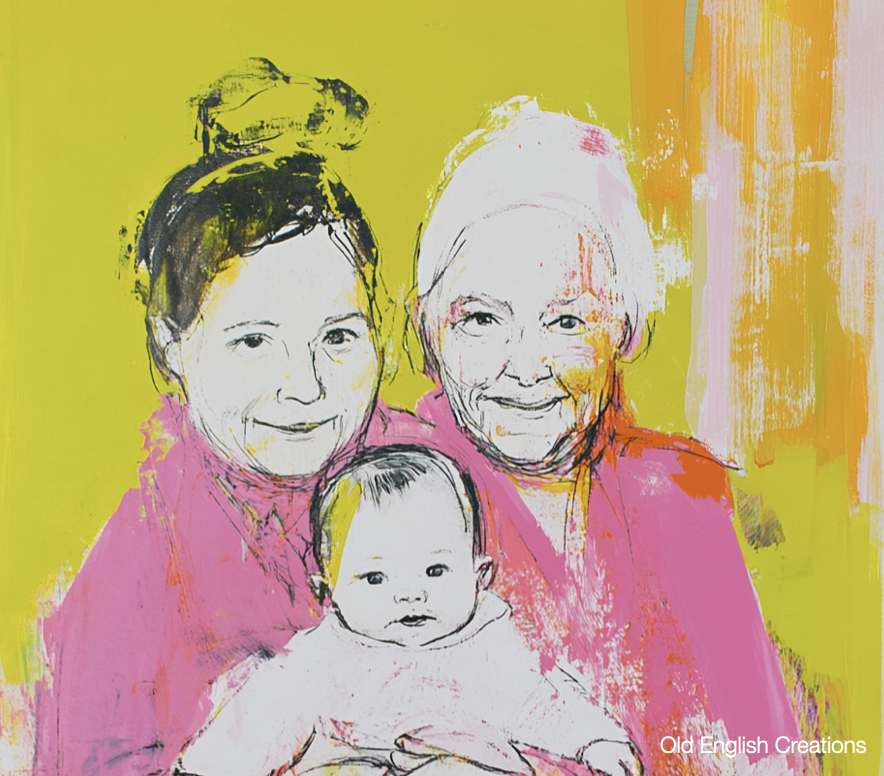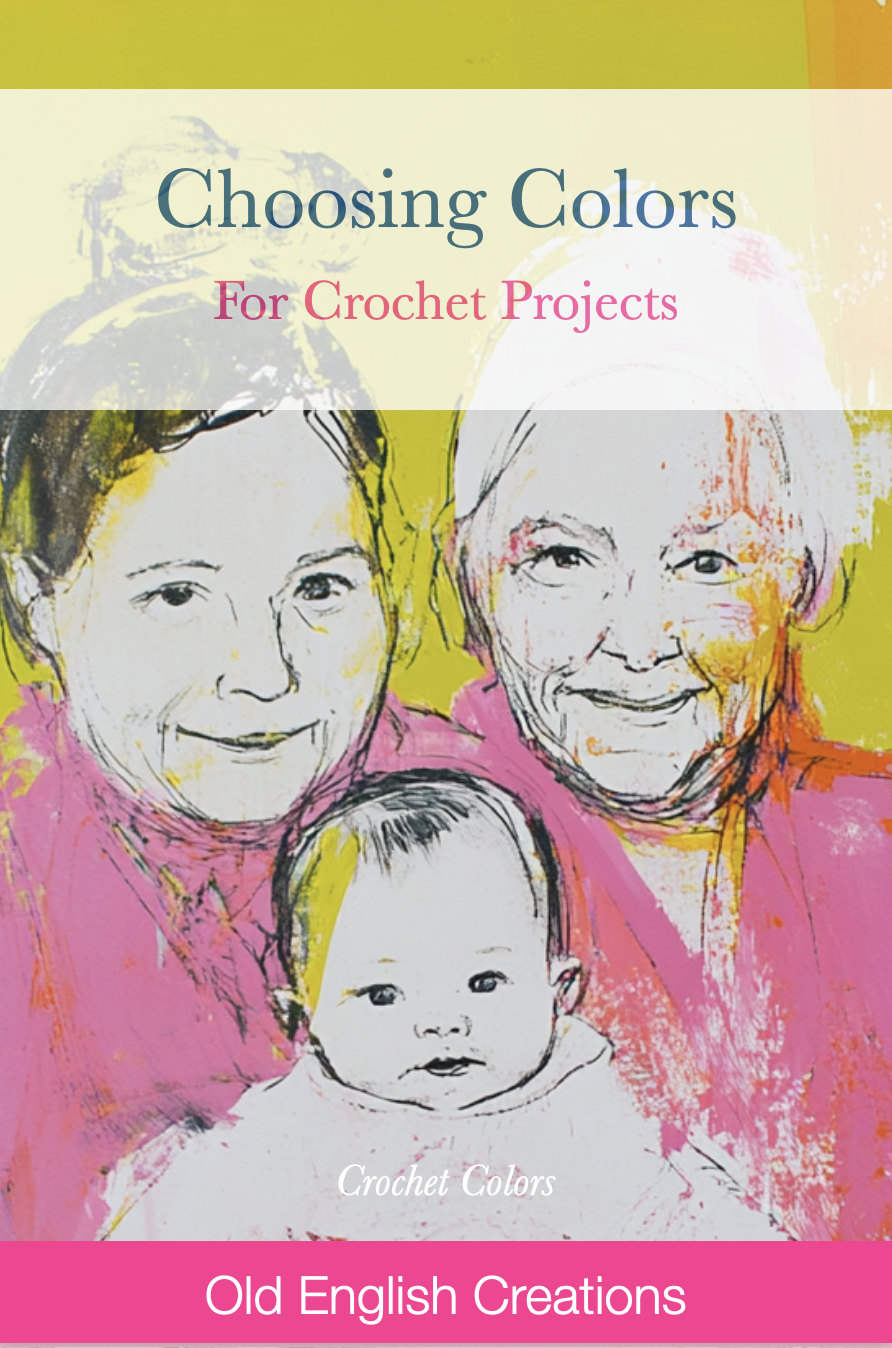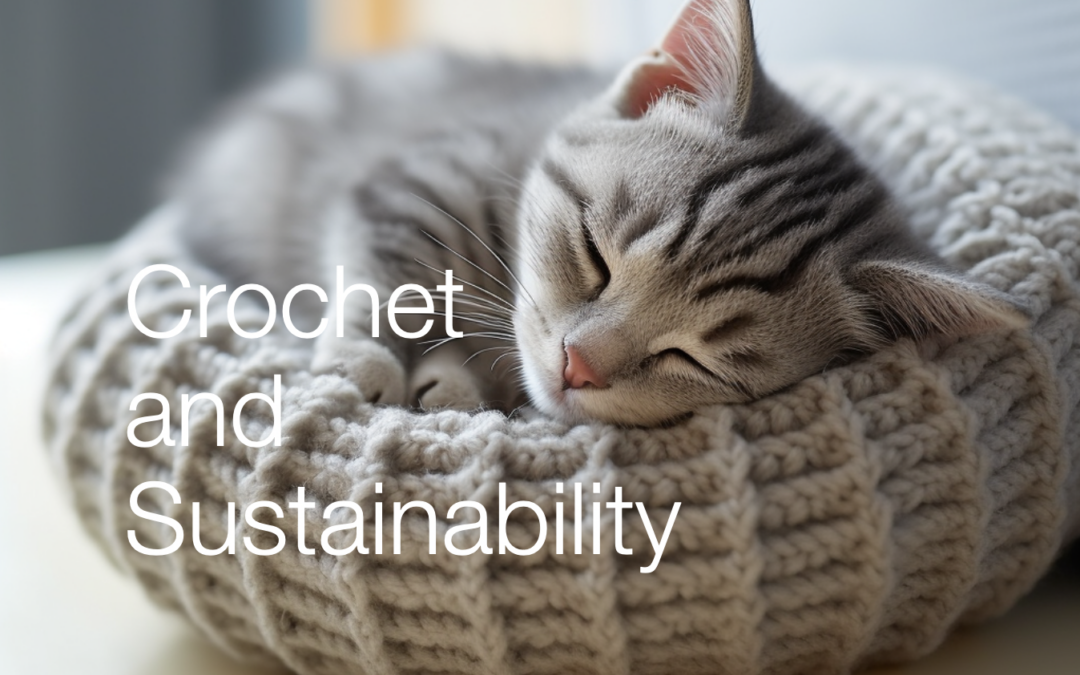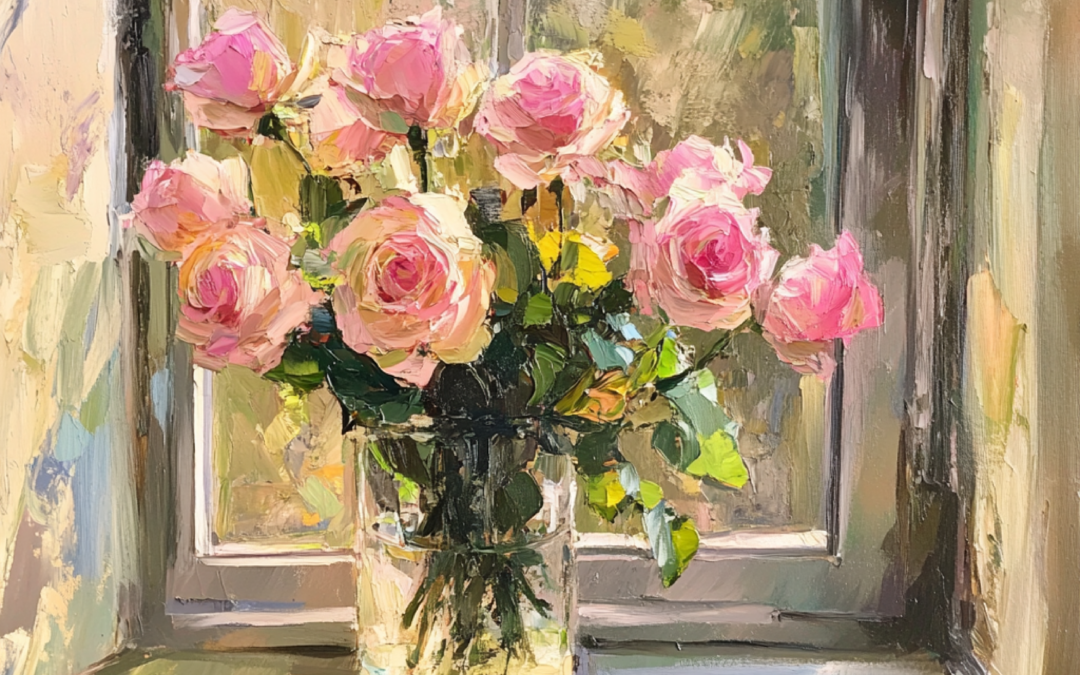Author: Alison – Updated: February 2025
Choosing Colors for Crochet Projects
Color Decisions
Align
When crocheting physical items such as hats, bags, cardigans and blankets, selecting the right yarn type is important, but equally crucial is choosing the perfect color. The colors you use in your crochet work can influence how the item is perceived, who will be drawn to it and even how well it sells if you plan to market your handmade goods.
The Importance of Color Appeal
Color selection is more than just personal preference, it affects mood, perception and desirability. While you have the creative freedom to use any color you like, certain color palettes naturally resonate with different age groups and demographics.
For example, if you were crocheting a baby blanket, a black-and-purple combination might seem out of place for most parents. While some modern parents embrace unconventional baby colors, traditionally, colors associated with infancy tend to be soft, pastel and comforting.
If you plan to sell your crochet creations, understanding color psychology and age-based color preferences can help you make informed choices that attract your target customers.

Color Preferences
Age Based
People’s relationship with color evolves over time. From infancy to old age, color preferences shift based on emotional development, personal experiences and societal influences. Below is a breakdown of how color preferences change through different life stages.
Newborns (0–12 months)
Newborns are often dressed in white, symbolizing purity and innocence. However, traditional gender-based color cues still play a role, soft pinks for girls and baby blues for boys. These gentle hues create a sense of calm and safety, which is why they are commonly used in baby clothing, blankets and nursery décor.
We used to own a baby shop and have some more ideas on color for babies.
Toddlers and Infants (1–3 years)
As babies become more active and begin exploring their environment, pastel shades remain a dominant choice. Soft yellows, mint greens, lavender and peach are popular because they maintain a sense of gentleness while adding a touch of playfulness. Pastel colors in toddler clothing and accessories signal that the child is still young, dependent on caregivers and in need of gentle handling.
Primary School Age (4–11 years)
At this stage, children are full of energy, curiosity and creativity. Their color preferences shift to bold primary and secondary colors:
- Primary colors: Red, blue, yellow
- Secondary colors: Green, purple, orange
Bright, saturated colors reflect the playful, adventurous nature of childhood. These hues are commonly found in toys, backpacks and kids’ clothing, emphasizing fun and liveliness.
Tweens (10–12 years)
As children enter their pre-teen years, their color choices begin to mature. Girls gravitate toward magenta, purple and deep pinks, which build upon the pastel pinks they favored as younger children. Boys start favoring blue, black and grey, signaling a shift toward a more subdued, grown-up palette. This transition is a steppingstone toward teenage color preferences, reflecting the subtle emotional and social changes tweens experience.
Teenagers (13–18 years)
Teenage color choices often lean toward more muted and moody tones. Boys and girls both adopt denim blues, dusky pinks, khaki and charcoal greys. Bright colors from childhood are toned down by adding a hint of black, creating dusky, deeper hues that reflect a shift toward maturity. Teenagers often go through phases of self-expression and their clothing colors reflect their evolving moods, independence and emerging identities. This stage marks a departure from the bright and carefree childhood palette.
Adults (19+ years)
By adulthood, color choices become more intentional and tied to lifestyle, career and personality. Adults often choose:
- Jewel tones: Teal, maroon, emerald green, sapphire blue, these colors signal sophistication and confidence.
- Neutral classics: Black, brown, grey, navy, white, neutral colors convey professionalism, maturity and authority.
Adults use color strategically in their wardrobes and home décor. Darker colors, especially black, suggest power and competence, while jewel tones add richness and depth to personal style.
Interestingly, color choices in adulthood also reflect status and societal expectations. A person wearing a well-tailored black coat and navy trousers is perceived differently than someone in a bright yellow outfit, simply due to the associations with those colors.
Older Adults and Seniors (60+ years)
In later life, color preferences often return to soft, pastel shades such as cream, pale blue, lavender and soft pink. These colors create a sense of calm and approachability. Lighter tones suggest warmth and gentleness, signaling a shift away from competition and status toward comfort and serenity. This return to pastels mirrors the colors worn in early childhood, marking a full-circle journey in color preference.
Understanding Color Psychology in Crochet
When crocheting for different age groups, consider how colors influence emotions and perceptions:
- Bright colors (red, yellow, orange) = Energy, excitement and playfulness
- Cool colors (blue, green, teal) = Calm, relaxation and trust
- Dark colors (black, deep purple, navy) = Sophistication, authority and mystery
- Pastels (soft pink, lavender, pale blue) = Gentleness, warmth and non-confrontation
If you are crocheting for personal use, you have complete freedom in choosing colors that make you happy. However, if you plan to sell your crochet work, selecting colors that align with your audience’s preferences can make your products more appealing and marketable.
You may also like:

Pin this to read later.

Author Bio
Alison is a passionate crochet enthusiast and dedicated business blogger. She combines her love for crafting and entrepreneurship to inspire and connect with others.
With a knack for transforming yarn into beautiful creations and a flair for sharing valuable insights about running a successful crochet business, Alison embodies the perfect blend of creativity and practicality.
Read more about Alison’s crochet journey.
More Articles
If you enjoyed this post and crochet is your thing, you may like some other crochet articles from our blog.
No Results Found
The page you requested could not be found. Try refining your search, or use the navigation above to locate the post.

Crochet and Sustainability for Eco-friendly Self-care
Discover how crochet and sustainability have a natural intersection, as this craft involves creating beautiful and useful items from yarn, a renewable and versatile material.

The Calm Crocheter: Newsletter
"The Calm Crochet" Newsletter Welcome to the Calm Crocheter Discover the art of crochet as self-care. At Old English Creations, we believe that crochet is more than a craft—it's a soothing ritual that nurtures your mind and spirit. Our Calm Crocheter newsletter is...